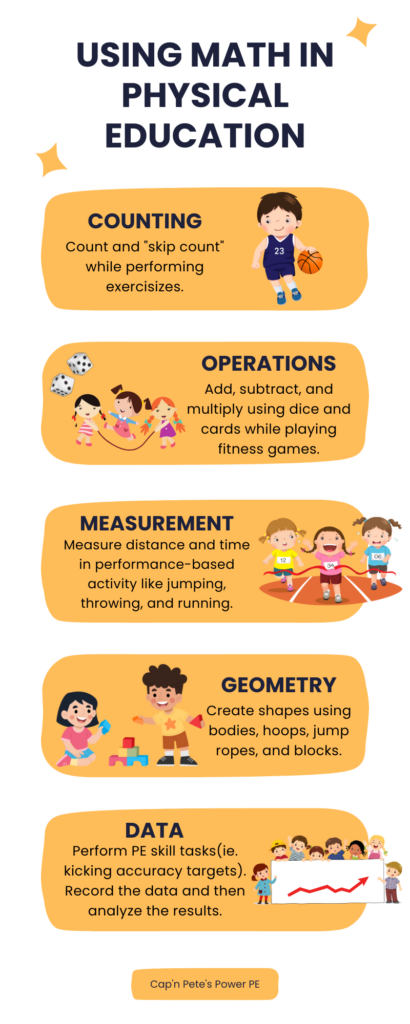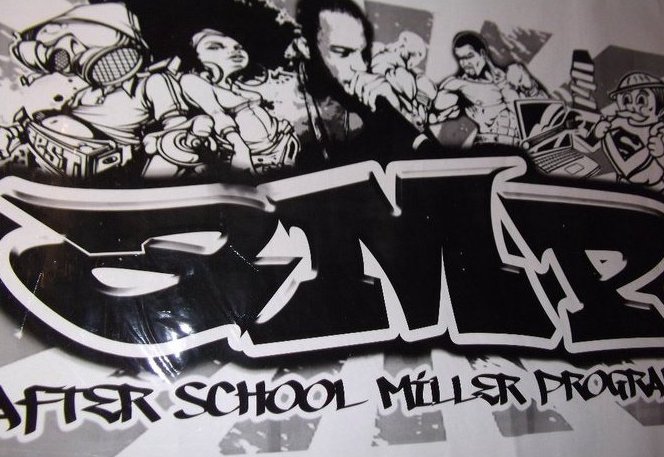
The Brain-Body Connection: Adopt Cross-Curricular Approaches in Elementary by Combining PE and Math
When the brain chemistry is activated through movement, we are primed to learn and retain information better than if we were seated in a desk.
– Mike Graham, Gopher

INTRO
Physical education engages students in all three of the learning domains – the cognitive, the affective, and the psychomotor. Incorporating math concepts into physical activity such as magic number dribble addition, dice multiplication fitness, and dribbling flashcards is a great way to implement cross-curricular activities.
OBJECTIVES
- Engage all three learning domains: cognitive, affective, psychomotor
- Implement cross-curricular activities that help all students engage and learn
RESOURCES
- GOPHER WEBSITE BLOG: Elementary Cross-Curricular Activities – Learning by Doing
- Complete list of activities
Preparing students for the 21st century requires all teachers from all subject areas to examine their teaching practices and take a more multidisciplinary approach to learning. Physical education engages students in all three of the learning domains – the cognitive, the affective, and the psychomotor.
The Brain-Body Connection
Existing research demonstrates the importance of the brain-body connection. Exercise increases circulation to the brain, connections between neurons in the brain, the release of neurotransmitters, and the release of neurotrophic factors (BDNF), among the most notable benefits. When the brain chemistry is activated through movement, we are primed to learn and retain information better than if we were seated in a desk.

Math Concepts Activity Example: Magic Number Dribble Addition
A multi-number addition activity incorporating hand dribbling.
- Set-Up: students divide into 6 groups and stand in a line at a hula hoop. Each group gets one ball. Numbered poly spots are spread out (number side up) in the center of the playing area.
- Game Play: teacher calls out a “magic number” for the round. This is the number that groups are trying to create by adding the numbered poly spots together. Groups must use a minimum of 3 poly spots that add up to the magic number. When the music starts, the first student from each group dribbles out to the center area, picks up one spot, dribbles back to their group, gives the ball to the next student and places the numbered spot in the hoop. Play continues in this fashion until the group has at least 3 spots that (when added together) equal the magic number.
Another example activity:
- Dice Multiplication Fitness – a fitness/exercise activity that incorporates multiplication
TIPS
- Little Things are simple activities you can do tomorrow, or within the next week.











Responses